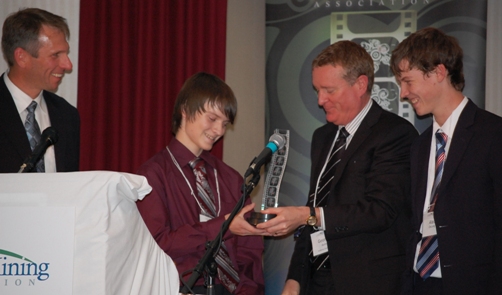
This column was originally published in the Autumn, 2009 issue of Highgrader Magazine which is committed to serve the interests of northerners by bringing the issues, concerns and culture of the north to the world through the writings and art of award-winning journalists as well as talented freelance artists, writers and photographers.
Gregory Reynolds is a Timmins, Canada-based columnist who writes extensively about mining and northern Ontario issues. He can be contacted at poker@ntl.sympatico.ca
The Vanishing Canadian may sound like the title for a suspense novel but it is really a realistic description of the fate of the prospector. It has been a career in twilight for many decades but a proposed change to the Ontario Mining Act will turn into a final nail in its coffin.
Canadian’s mining and mineral industries owe their existence to the men – and a few women – who abandoned the comforts of civilization for the hardships of life in the bush.
Home was a tent or a crude cabin with the isolation of living alone usually tempered only by the comfort of a dog.
Bears, mosquitoes, black flies and no see’ems were part of the wildlife that made the hunt for precious and base metals dangerous, not forgetting the distance from medical attention and even further travel to reach a hospital.
When the provincial legislature makes map staking legal in Ontario, there will no longer be a need for prospectors. Individuals and companies will be able to stake claims by looking at a map and informing – and paying – the government electronically.
“The elimination of ground staking is singly the biggest threat to the individual prospector and will result in
an extensive cull and possible extinction of the independent prospector throughout Ontario.”
The present system is called “ground staking” because a person holding an Ontario prospector’s licence is required to physically walk the boundary of a mining claim, marking trees and erecting four corner posts to which his claim tag and other information must be affixed.
After a claim has been staked and then explored, sometimes something of value is discovered. That sets off what is known as a “staking rush.”
























